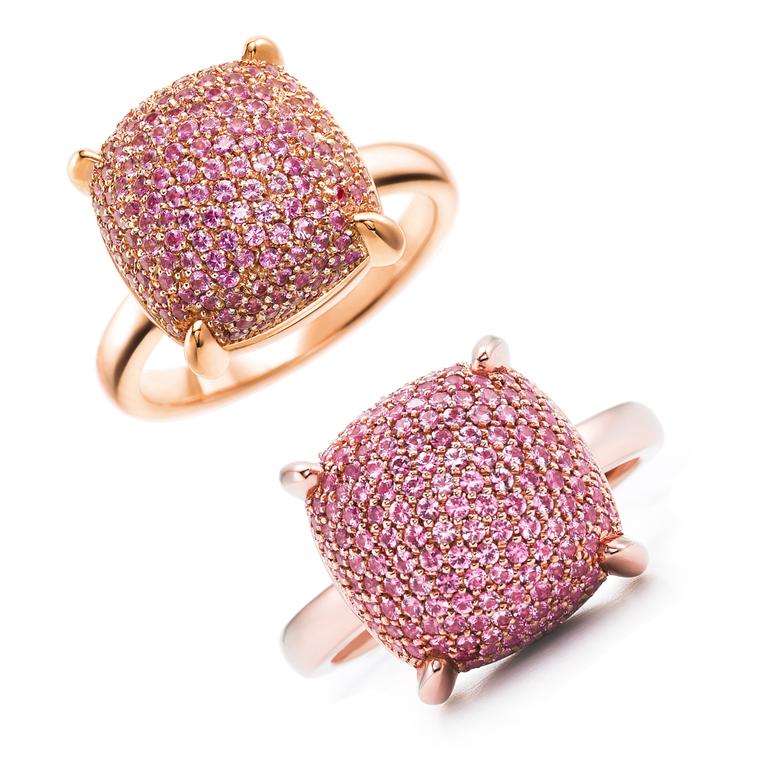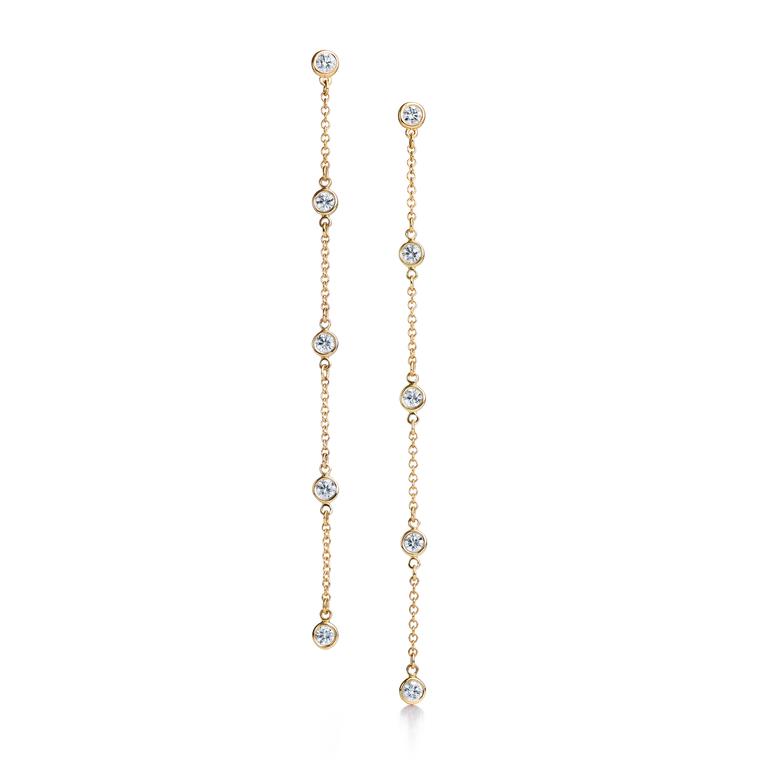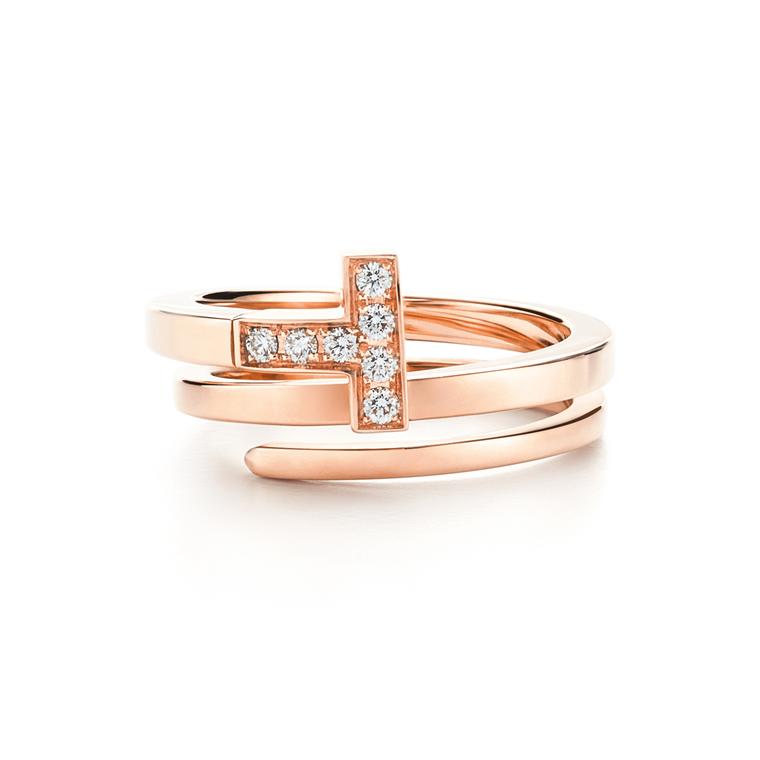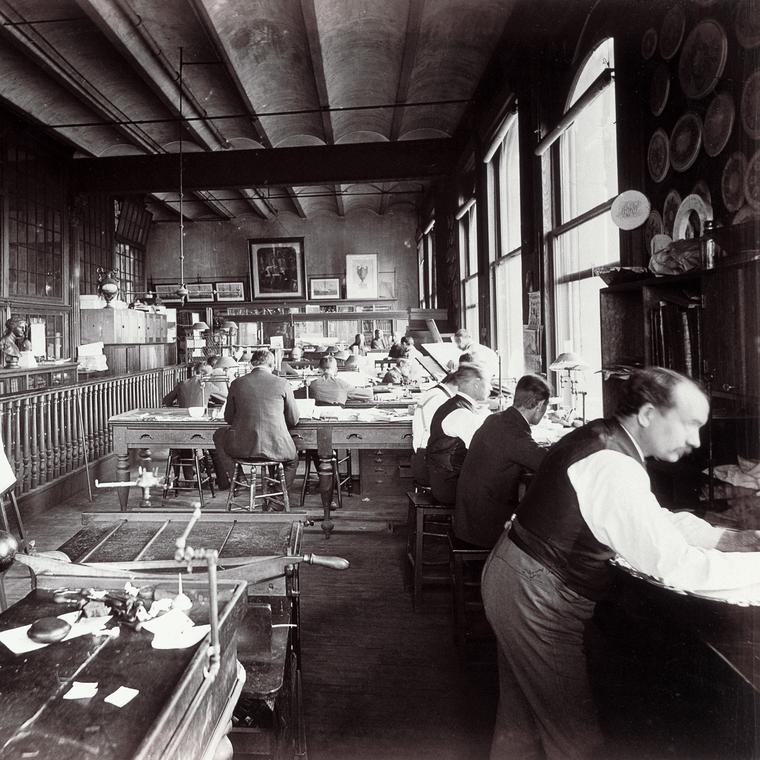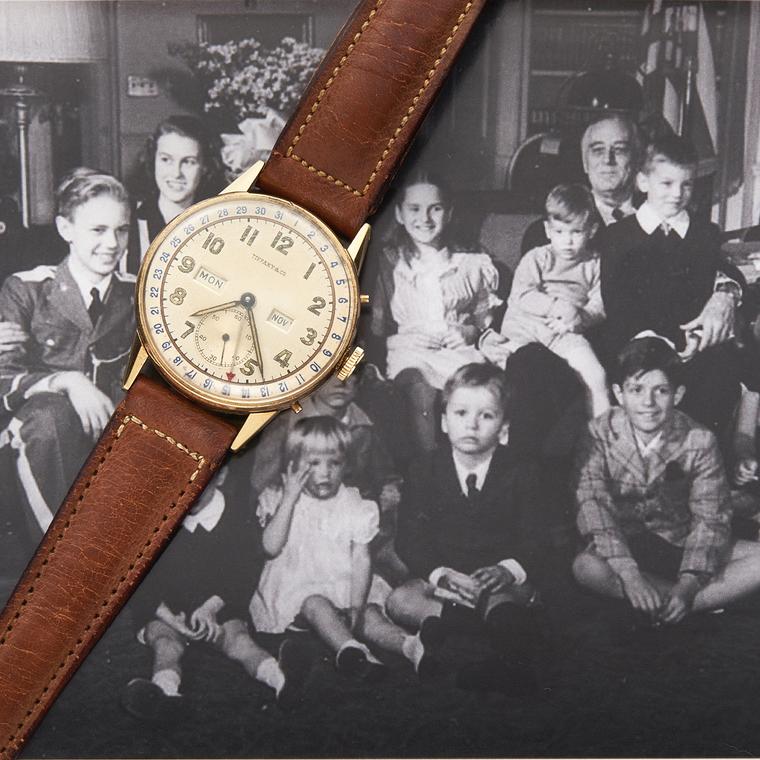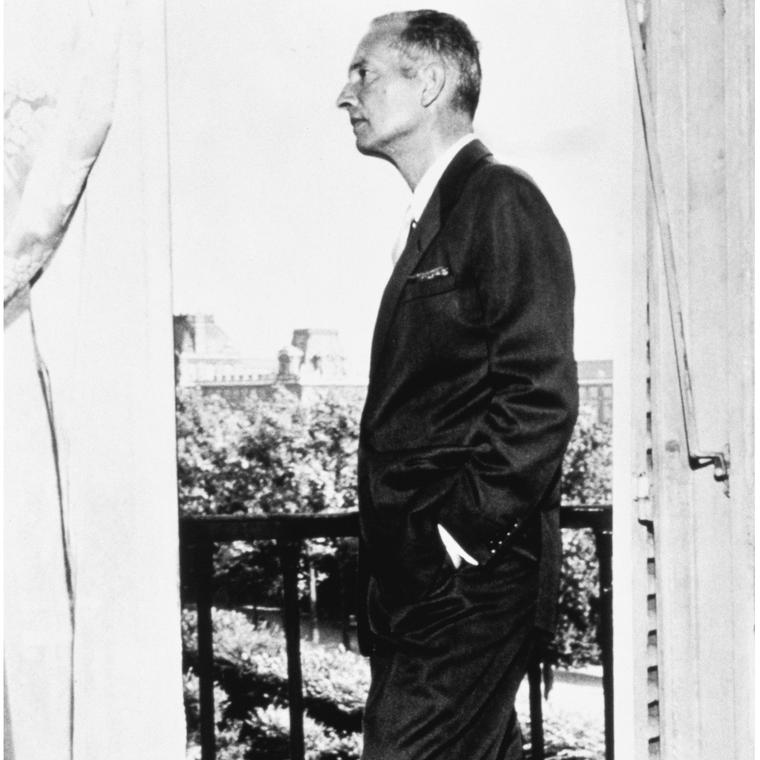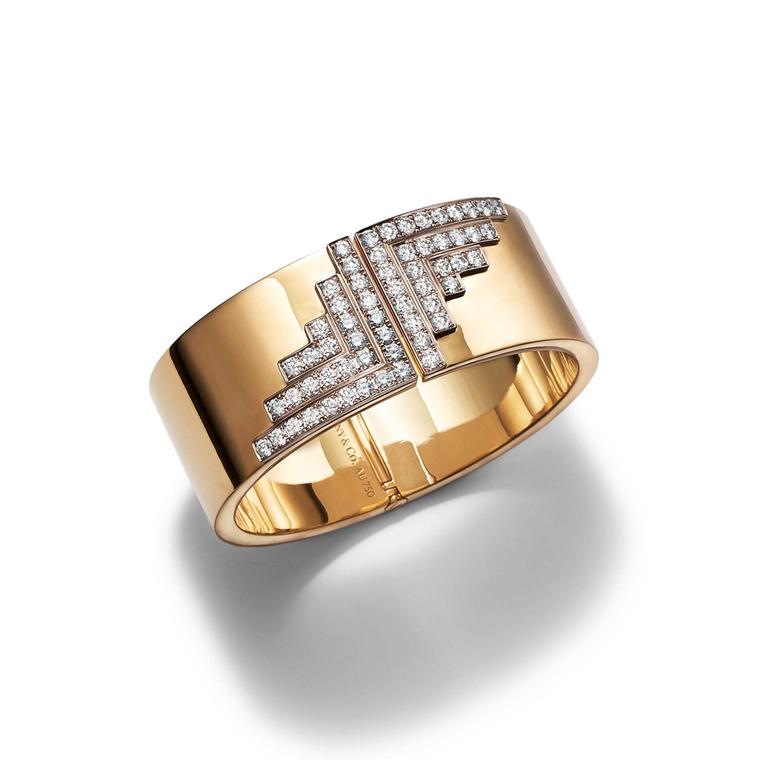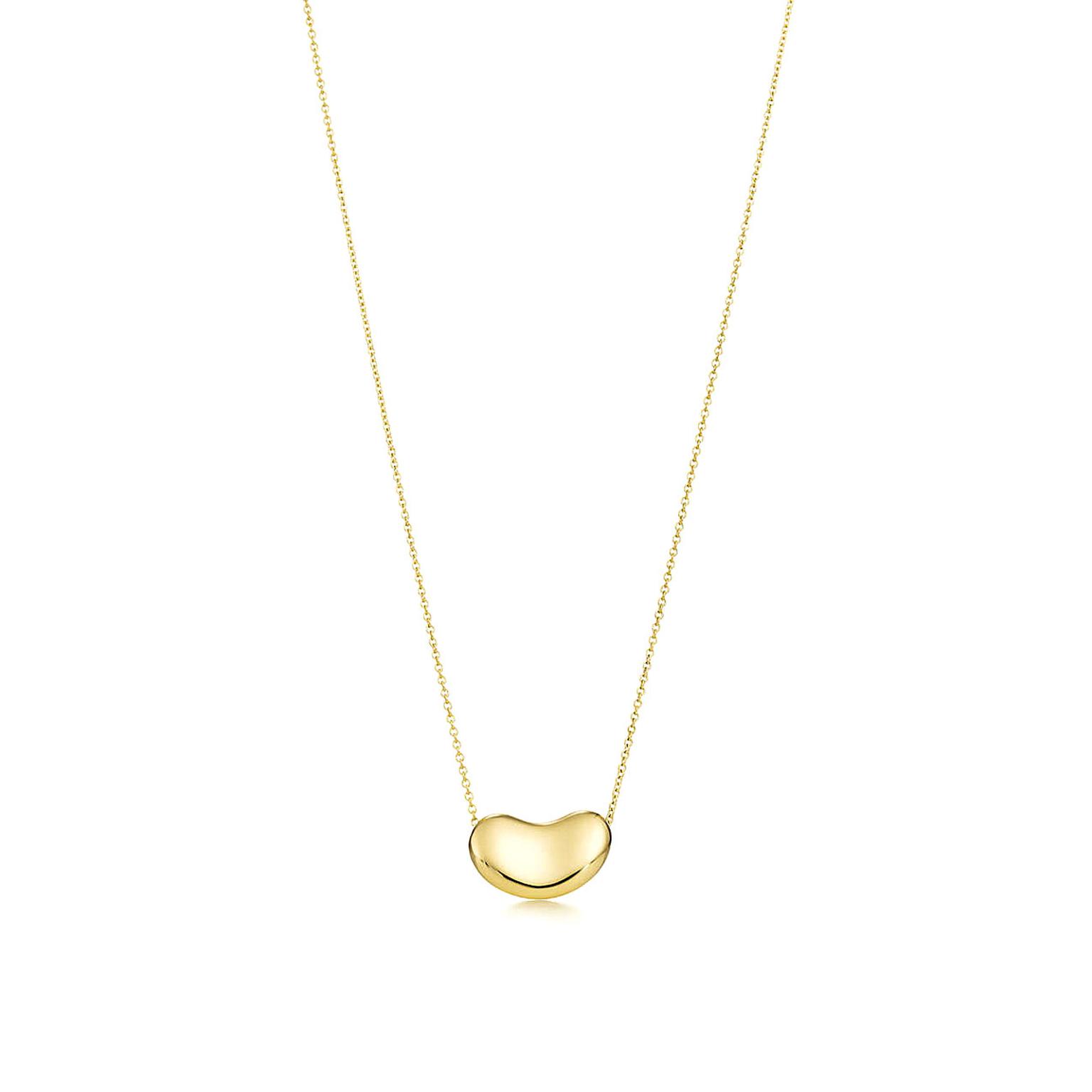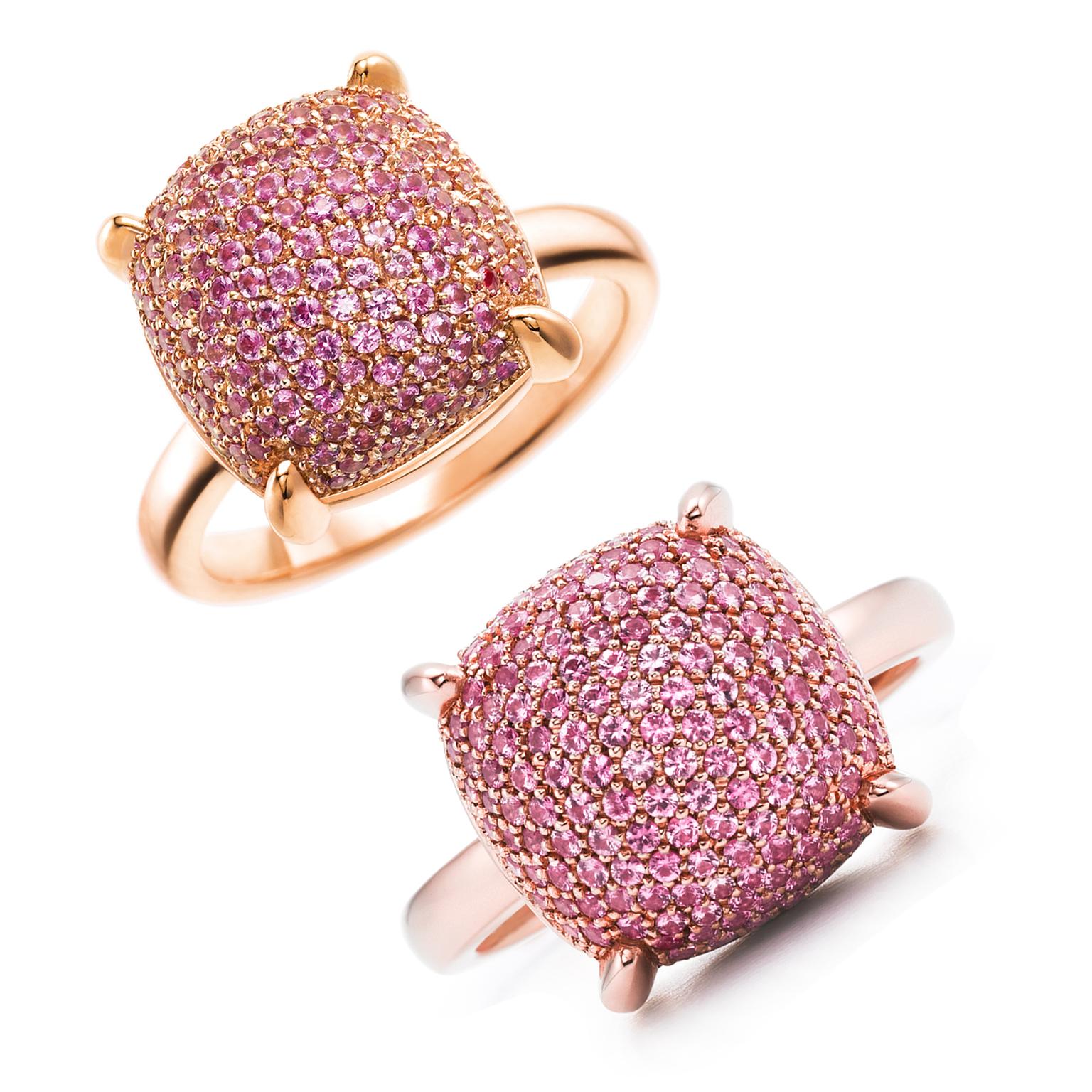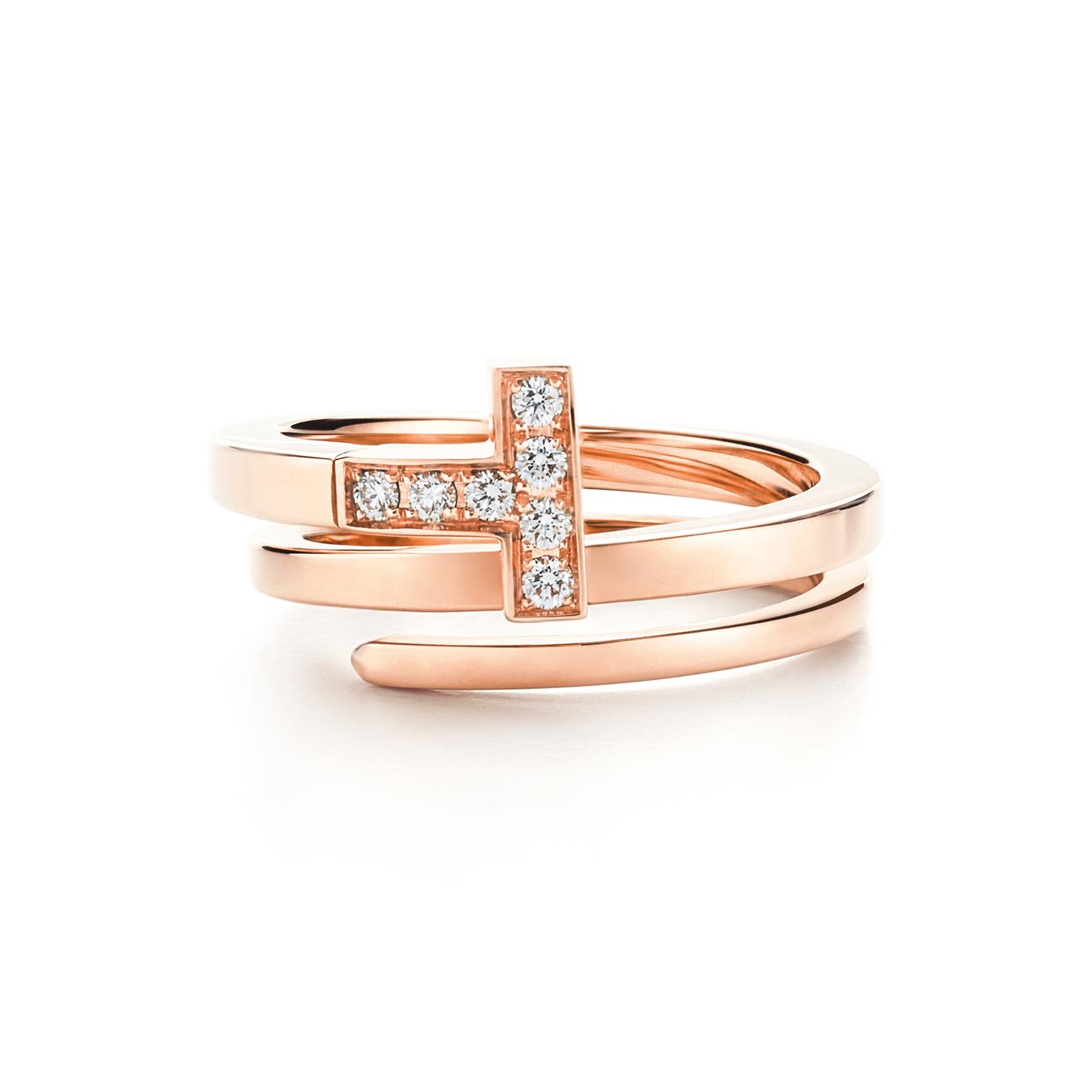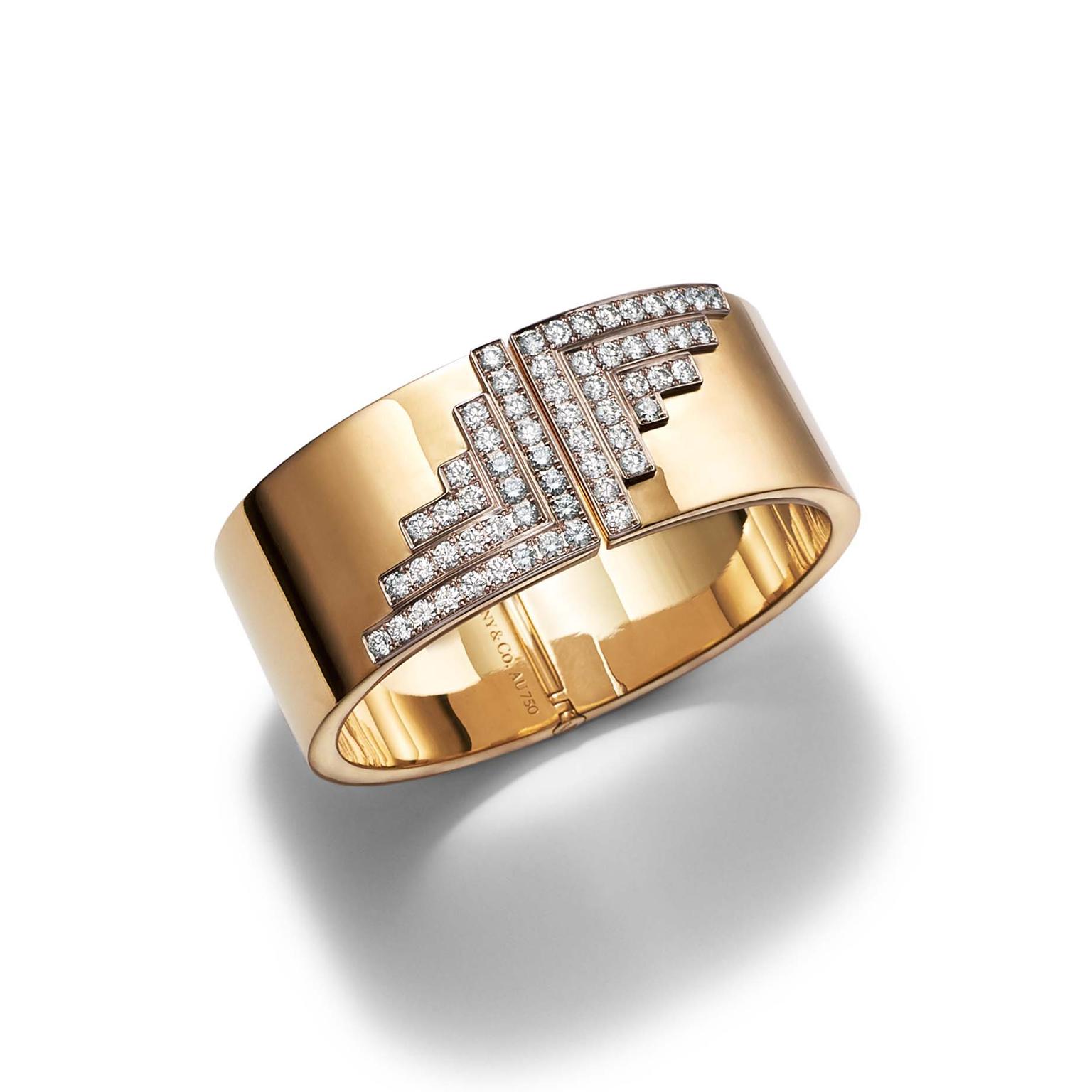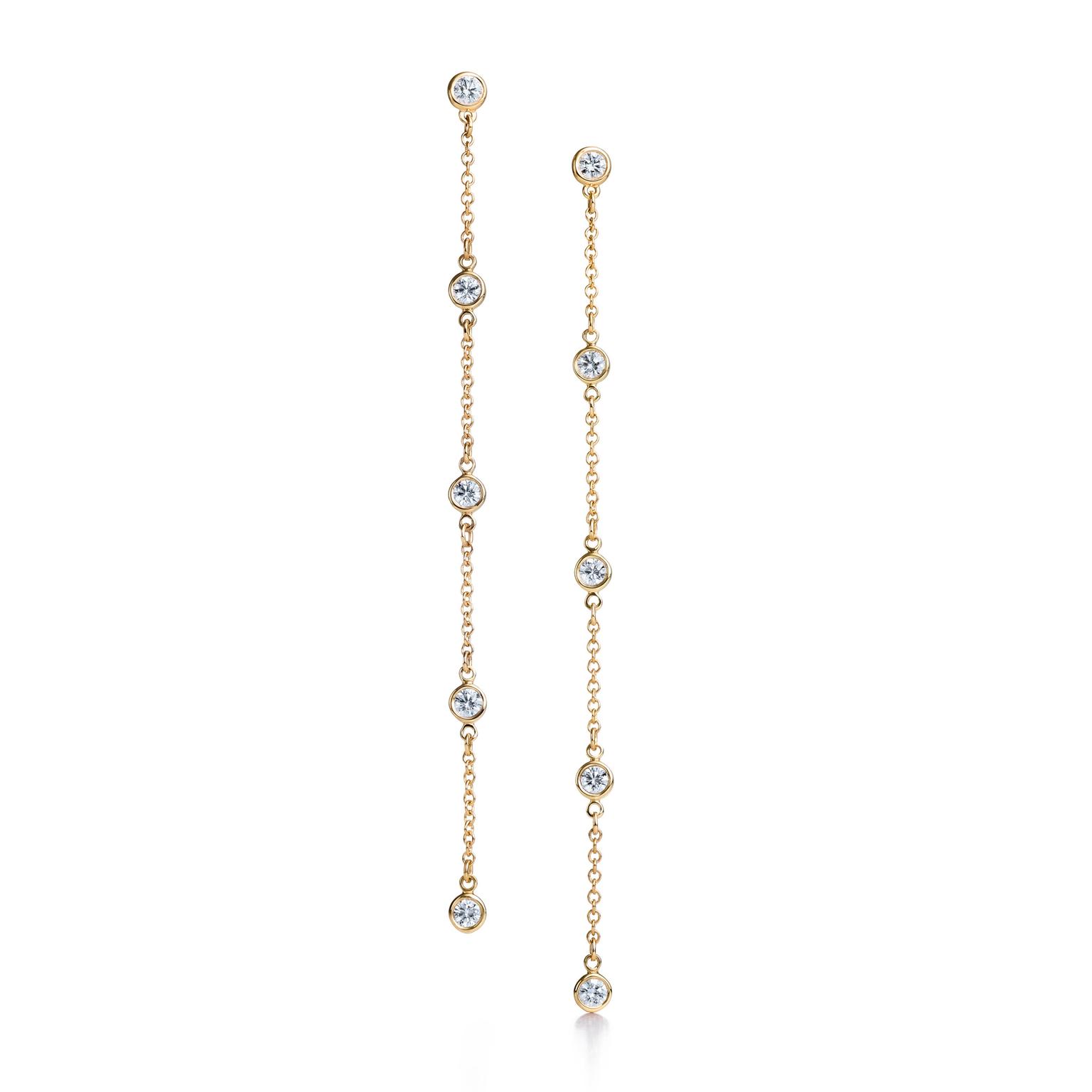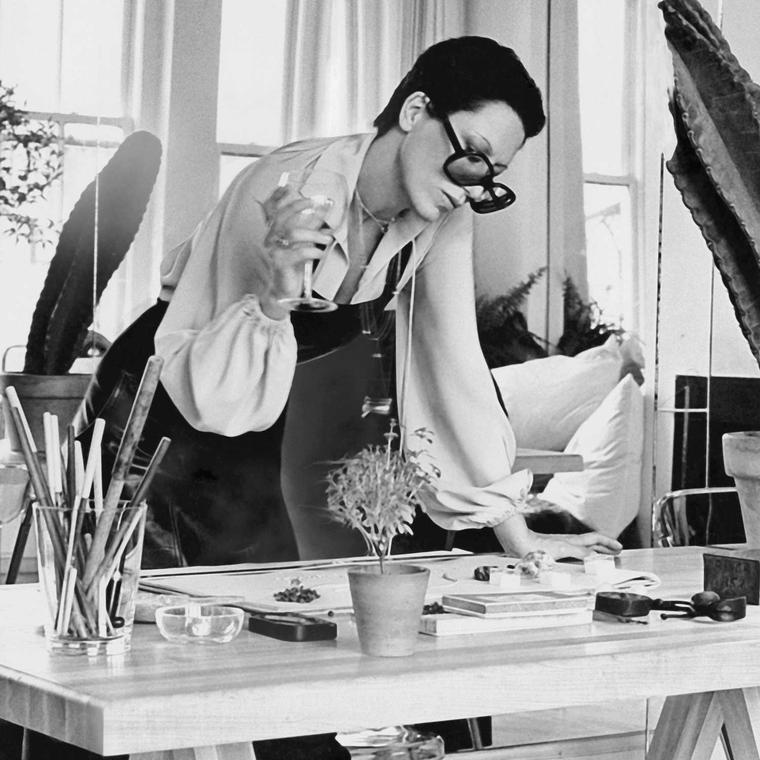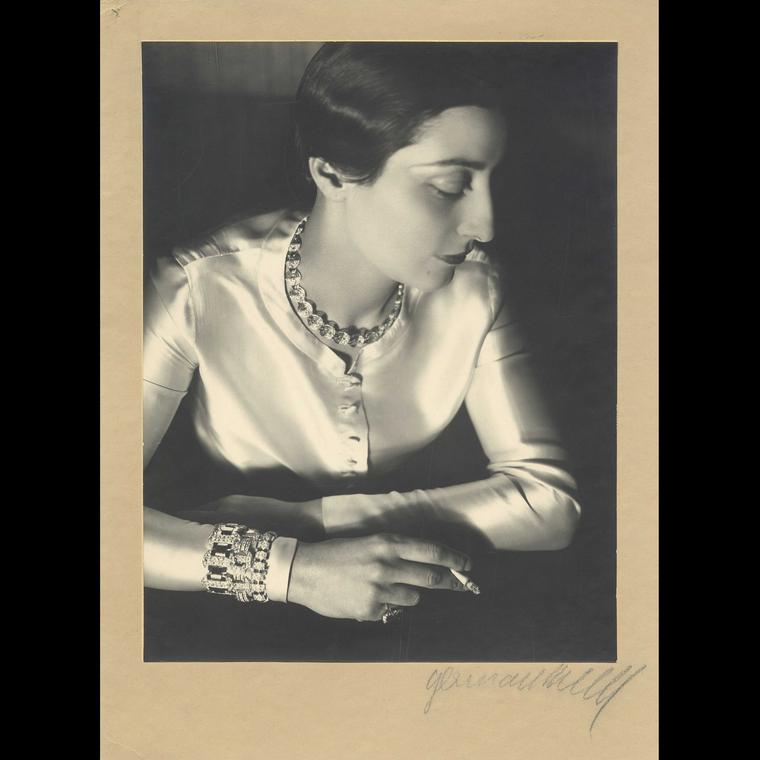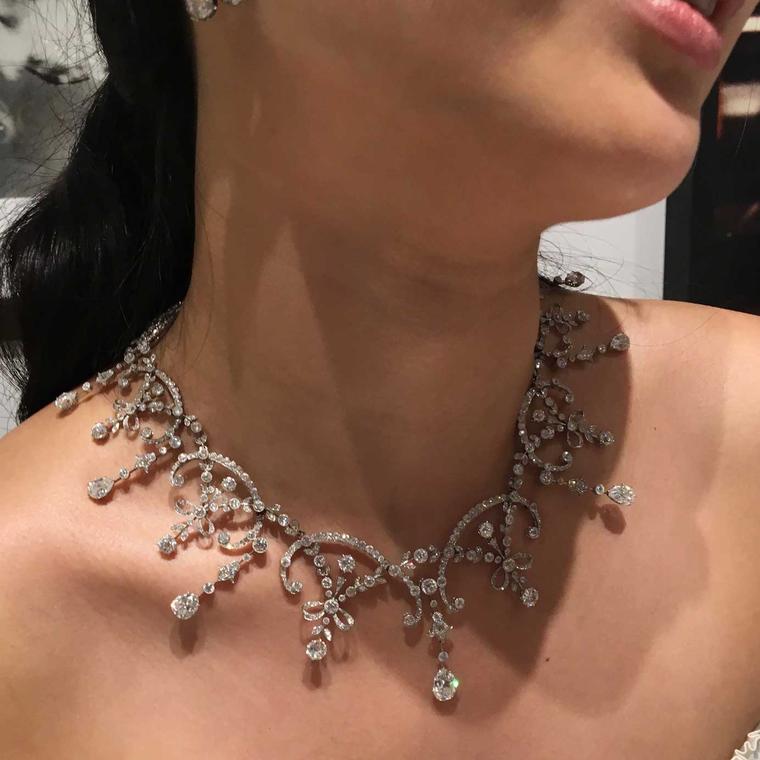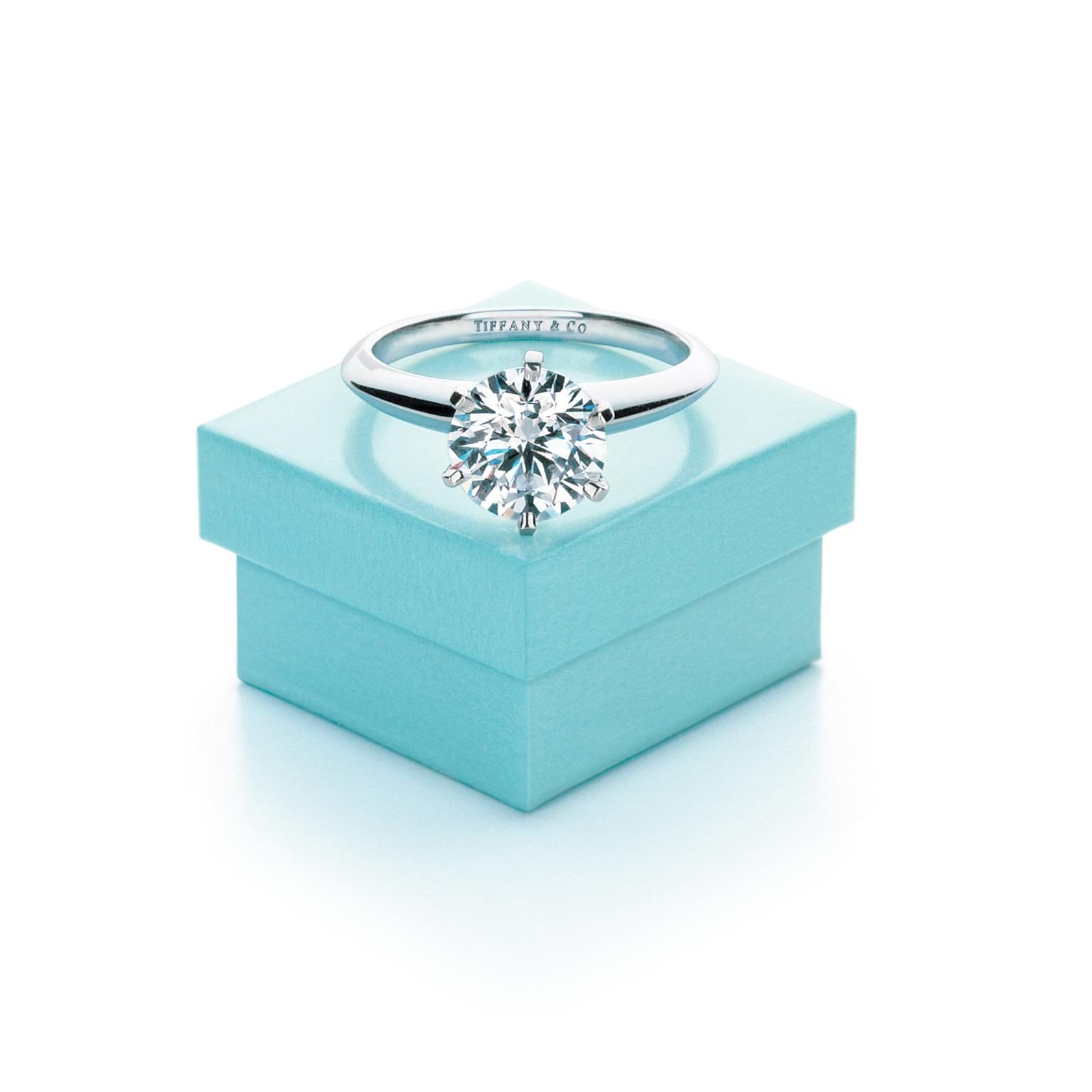
Arguably the world’s most iconic jewelry brand, the history of Tiffany dates back to 1837 when 25-year-old Charles Lewis Tiffany and his friend John B Young opened a small stationery and fancy goods store in New York City with the help of a $1,000 contribution from Charles’ father.
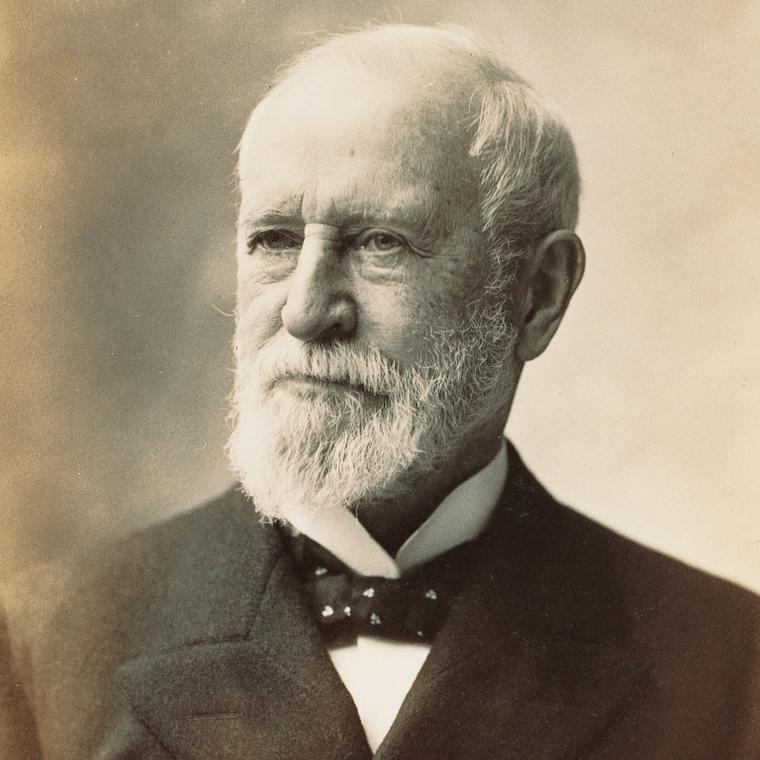
Located on Broadway, the store quickly established itself as the go-to emporium for fashionable ladies in search of jewels and timepieces with a clean American style that represented a distinct departure from the opulence associated with the Victorian era.
As the first American company to adopt the British silver standard of using only metal that was 92% pure, Tiffany received international recognition when it won the grand prize for silver craftsmanship at the 1867 World’s Fair, Paris. However, it was not until 1878 that the link between Tiffany jewelry and the world’s finest diamonds was firmly etched into the history books.
That was the year the company acquired an astonishing 287.42ct rough Fancy yellow diamond from the Kimberley diamond mines in South Africa. Cut into a 128.54ct polished gem, with 82 facets to maximize its fire and sparkle, the diamond was set into a necklace worn by Audrey Hepburn in the publicity photographs for Breakfast at Tiffany’s in 1961. Named the Tiffany Diamond, the canary-colored gemstone helped cement the jewelry brand’s reputation as the ultimate luxury destination and today it still resides in the Tiffany New York flagship store.
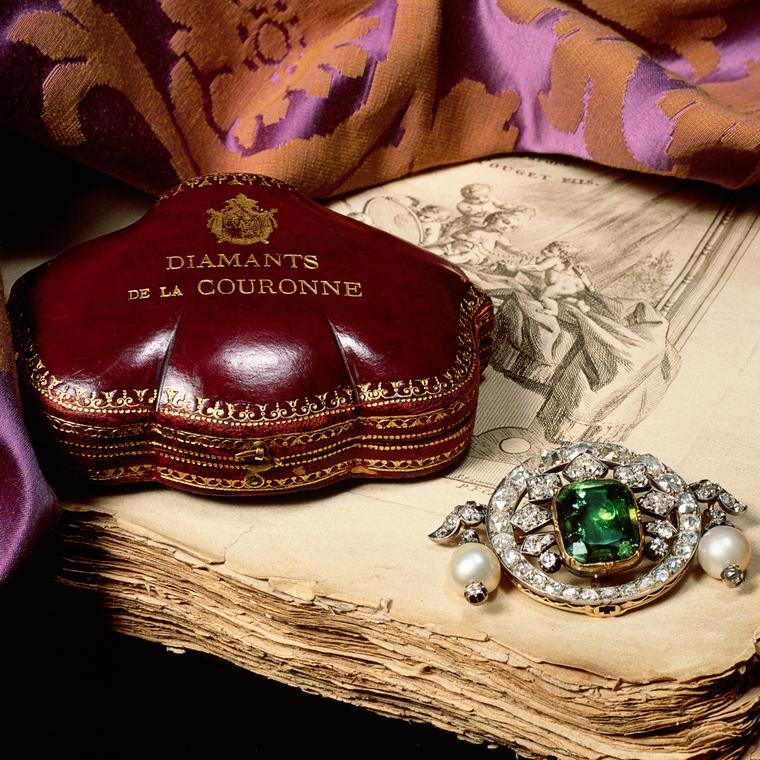
Charles Lewis Tiffany also hit the headlines in 1887 when he shocked the world by buying one third of the French Crown Jewels, earning himself the nickname “The King of Diamonds”. After he passed away in 1902, Charles’ son, Louis Comfort Tiffany, became the company’s first official design director. The Art Nouveau movement was gaining pace and Louis’ innovative, nature-inspired jewels, created using materials such as glass, gemstones and enamels, placed him at its forefront. He also established the Tiffany Artistic Jewelry department in the Fifth Avenue store to enable his jewelry and precious objects to be manufactured on site.
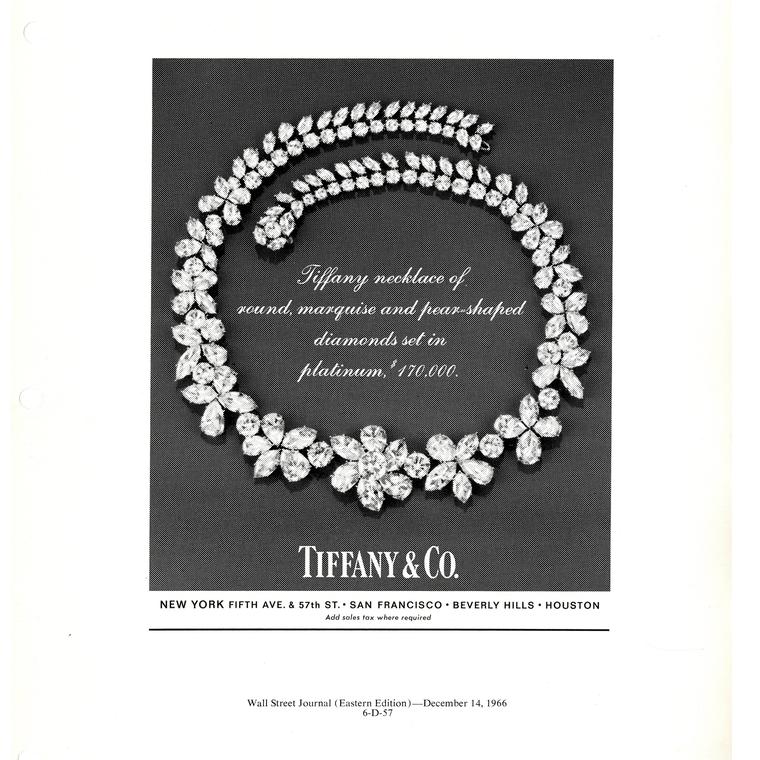
Throughout its history, Tiffany has not only dazzled the world with breathtakingly brilliant diamonds, but also introduced us to a stunning selection of previously unknown colored gemstones. In 1902, Tiffany unveiled kunzite, named after the legendary Tiffany gemologist George Kunz who discovered the purplish-pink gem in California. Tiffany also unearthed morganite in Madagascar in 1910 and named it in honor of one of its most loyal customers - banking tycoon John Pierpont Morgan. These were followed by tanzanite in 1967 and tsavorite in 1974 and, today, Tiffany’s gemologists continue to travel to the remotest corners of the globe to source the most spectacular gemstones.
To celebrate its 175th anniversary in 2012, Tiffany presented the Legacy collection, which incorporated both diamonds and a magnificent selection of colored gemstones. The impressive line-up of spectacular creations included a one-of-a-kind necklace set with a cushion-shaped 175.72ct morganite, and a velvety blue tanzanite ring featuring an intricate diamond open-work design.
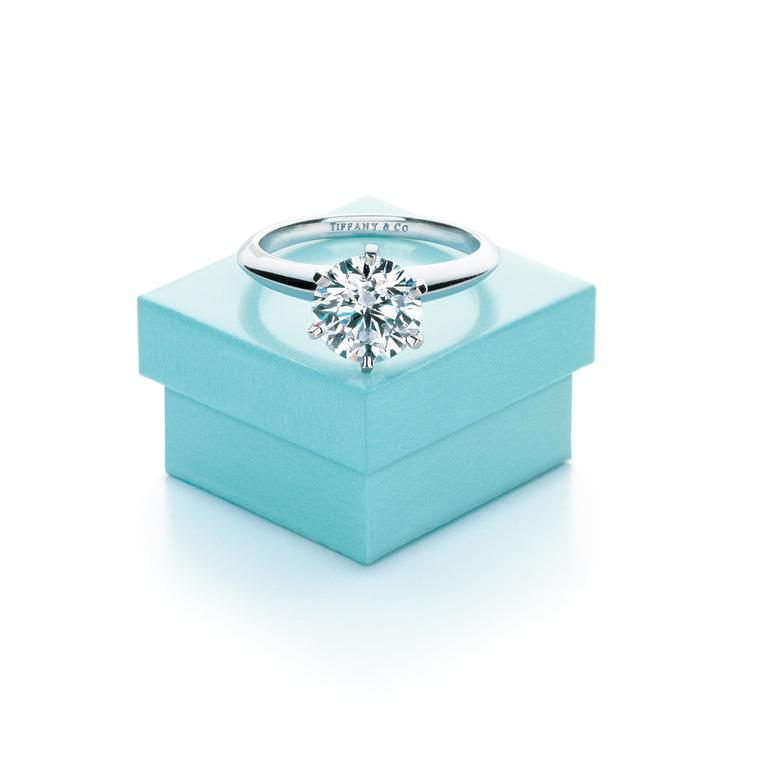
The name Tiffany & Co has been synonymous with romance, proposals and marriage since 1886 when it unveiled the Tiffany Setting. Until then, diamond rings had been set in bezels, but this new six-prong setting lifted the stone off the band to maximize the stone’s fire and radiance. Not only did the Tiffany Setting revolutionize the engagement ring market, it also turned the American jeweler into the premier destination for couples embarking on married life. For millions of women all over the world, the mere sight of a duck egg blue box is enough to send them weak at the knees and a diamond solitaire from any other jewelry brand just won’t cut it.
Today, Tiffany is still at the forefront of innovation, as proven by the unveiling of a unique metal alloy, RUBEDO, to coincide with the 175th anniversary. With an elegant, yet warm, blush tone, the metal is designed to mimic the radiant glow of early morning across the sky and features in the Tiffany 1837 and Return to Tiffany jewelry collections.
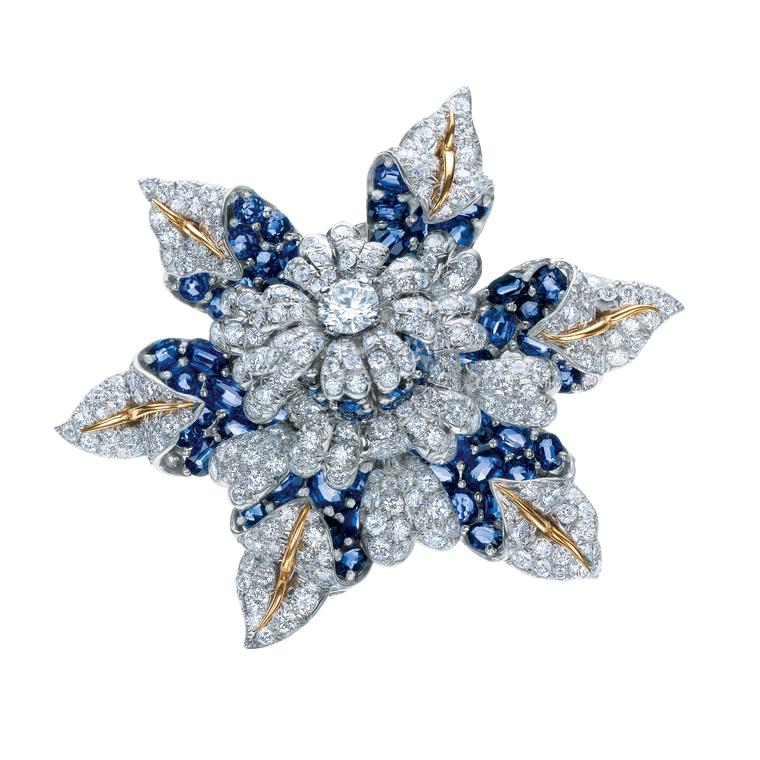
Throughout the history of Tiffany, the brand has worked with visionary jewelry designers, including Elsa Peretti, Paloma Picasso, and Jean Schlumberger, who is renowned for his layered enamel. For more than 40 years, the Open Heart necklace by Elsa Peretti has been the gift of choice to mark milestones such as an 18th or 21st birthday, or a graduation. Unlike many other jewellers, Tiffany has succeeded in tapping into the entry-level market with its affordable silver collections without diluting the air of exclusivity that continues to attract its high-end customers. The jewelry collections that continue to enthral women of all ages are almost too many to mention, ranging from the delicate diamond-set Victoria collection to the bold lines and Roman numerals that characterize the Atlas collection, and the timeless Metro collection with its rows of neatly lined-up diamonds.
In 1845, Tiffany was again a pioneer when it launched the Blue Book, which at the time was the first mail-order catalogue to be distributed in the US. More than 170 years later, the annual Tiffany Blue Book is one of the world’s most extensive and beautiful collections of one-of-a-kind couture jewelry set with magnificent gemstones, often of awe-inspiring proportions. Showcasing the brand’s most spectacular pieces, the book has evolved from line drawings to glossy photographs and, for today’s tech-savvy generation, it is also accompanied by a digital version.
Jewelry trends may come and go, but one thing that has remained constant since the very beginning is the distinctive Tiffany Blue Box. Widely regarded as the most recognizable and coveted packaging in the world, the color, box and white satin ribbon are all trademarked, as is the term Tiffany Blue Box. It was Charles Lewis Tiffany who decreed that the boxes could only be procured with a Tiffany purchase, prompting the New York Times to report in 1906: “Tiffany has one thing in stock that you cannot buy off him for as much money as you may offer, he will only give it to you. And that is one of his boxes.” During the filming of Breakfast at Tiffany’s at the New York store, 40 armed guards were on hand to stop any of the blue boxes being pilfered.
Today, Tiffany has more than 300 stores and employs 12,200 people across the world. Since 2013, Francesca Amfitheatrof has been at the creative helm and, as the first female design director, she is credited with taking Tiffany in a fresh new direction while still retaining the essence of the iconic brand. The Tiffany T collection unveiled last year features a minimalistic design with graphic angles and clean lines that are reminiscent of the sleek architecture of New York City.
“The design pays tribute to the Tiffany name,” says Amfitheatrof, “but there’s also a verticality and intensity to the letter itself that I associate with the energy and optimism of New York. And there is a lot of New York in Tiffany T. This is a place of courage and reinvention that constantly sparks creativity.”


